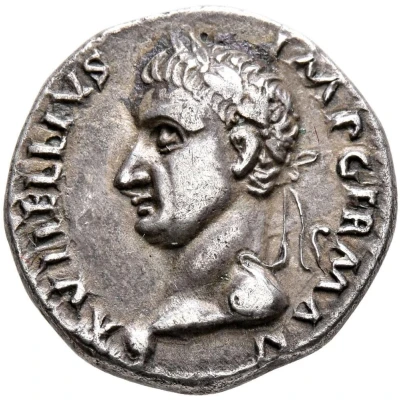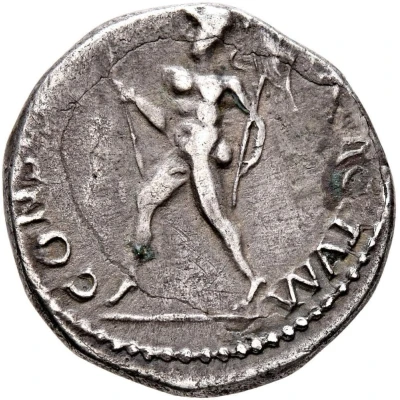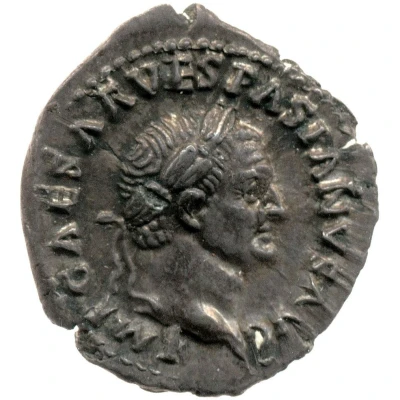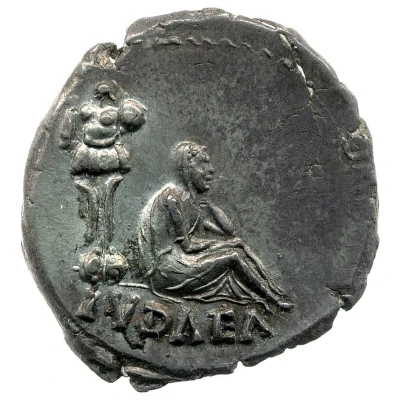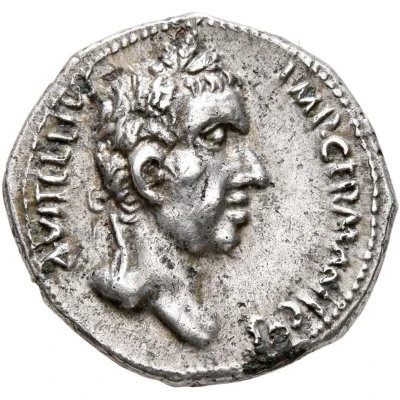
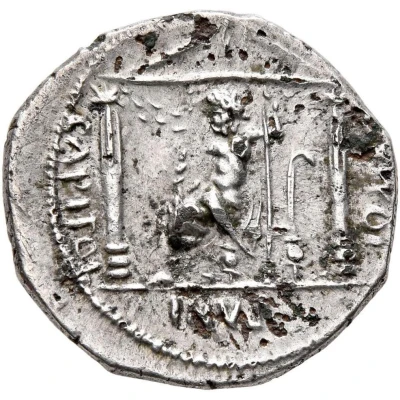

© Leu Numismatik
Denarius - Vitellius I O MAX CAPITOLINVS; Jupiter
69 year| Silver plated bronze | 2.75 g | 18 mm |
| Issuer | Rome › Roman Empire (27 BC - 395 AD) |
|---|---|
| Emperor | Vitellius (Aulus Vitellius) (69) |
| Type | Standard circulation coin |
| Year | 69 |
| Value | 1 Denarius |
| Currency | Denarius, Reform of Augustus (27 BC – AD 215) |
| Composition | Silver plated bronze |
| Weight | 2.75 g |
| Diameter | 18 mm |
| Shape | Round (irregular) |
| Technique | Hammered |
| Orientation | Variable alignment ↺ |
| Demonetized | Yes |
| Updated | 2024-10-05 |
| Numista | N#308913 |
|---|---|
| Rarity index | 100% |
Reverse
Jupiter hodling thunderbolt in right hand and sceptre in left hand, seated left within distyle temple of Jupiter Capitolinus, with wreath in pediment.
Script: Latin
Lettering: I O MAX CAPITOLINVS
Translation: Iupiter Optimus Maximus Capitolinus
Comment
The reverse refers to the temple of Jupiter Capitoline on Capitol Hill in Rome, or the Iovis Optimi Maximi Capitolini temple under its original name.This type, with complete title of GERMANICVS, seems to be known only by this piece illustrated above and would have been struck by a moving military mint in the Rhine region during the command of the armies of Germania by Vitellius. The scarcity of silver, or at least the difficulty in obtaining it, within moving military mints would explain this type of plated emissions which are to be compared to the Jupiter-Vesta type plated emissions studied by Bocciarelli.
This type would therefore have been issued at the beginning of the year 69, after his acclamation by the armies of Germania (in January 69) and before his election in Rome as Greatest Pontiff in July 69. Having only been proclaimed Augustus by the Senate in April 69, Vitellius had to rely on mints outside Rome before this, in particular in Spain or in Lyons, to strike his coins; an official strike by a moving mint in the Rhine at the beginning of the year 69 is therefore plausible.
Reference : Bocciarelli 17 (this coin illustrated on the page).
Interesting fact
One interesting fact about the Denarius - Vitellius coin is that it features a rare representation of Jupiter, the Roman god of thunder, on the reverse side. This is unusual because most Roman coins of that era depicted the emperor or other deities, but not Jupiter. This suggests that Vitellius, the emperor who minted the coin, may have had a particular interest in or connection to Jupiter, or that he wanted to emphasize the power and authority of the Roman state through the association with the powerful deity.
